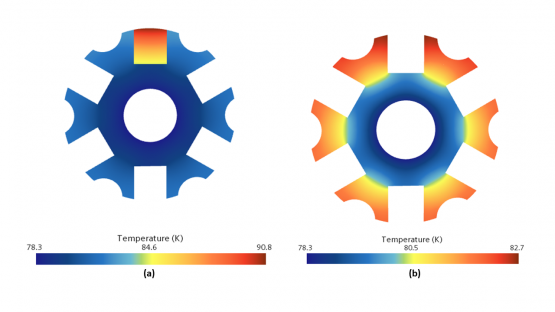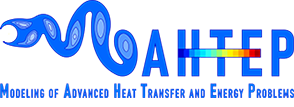Superconducting experimental activity at ENEA
Activity carried out by Ashkan Adiby (tutored by Prof Laura Savoldi) in the framework of the quench detection and measurement systems for superconducting cables.
Object of the activity
Quench detection is a turning point in development of a safe and reliable superconductor cable. Several methods have been developed to identify the phenomenon including voltage taps and optical fibre sensing. Although voltage tap is a versatile method, it requires lot of computational resources and is affected by electrical noise. Fiber optics have the capability of running under high electromagnetic (EM) noise without being disturbed by EM interference.
Framework of the activity
I am currently collaborating with MAHTEP group as a research fellow at the department of energy in PoliTo. The main purpose of the study is to design, simulate and test a quench protected superconductor cable. In addition, I have been involved in development of a multi physics model for the analysis of normal and off-normal operating conditions for high temperature superconducting (HTS) components with the aid of superconductor division of MAHTEP group. Besides, I am also focus on the experimental aspect of implementing of the quench protected superconductor cables in a cooperation with ENEA and ENI. The ENEA cable-in-conduit-conductor (CICC) is constructed of a core made of aluminum and has six slots that can hold up to 20 standard Bismuth Strontium Calcium Copper Oxide (BSCCO) tapes, each measuring 4mm wide, in each slot. The cooling channels are situated in a central cavity and arc-like slots located in the side of the core. Currently, there is no jacketing, and only the central channel carries liquid nitrogen (LN) while the other slots remain free and exposed to the environment. The conductor is cooled by LN flowing from the central channel at 77 K and 1 bar inlet pressure (see figure 1). The ultimate objective of my activity is to establish a dependable configuration that be able to facilitate experimental trials to ascertain the precision and reliability of several quench detection methods implemented on an ENEA conductor. Additionally, I am also currently developing a measurement system that can connect with a power source and is capable of being programmed to participate in regulatory processes. The current investigation involved an evaluation of a system comprised of voltage measurement, temperature sensing, and optical fiber temperature-tensile sensors for detecting quench.

Figure 1. Temperature maps of the CICC under quench condition: a) temperature gradiant inside the CICC cross section and b) temperature gradiant inside the core.

